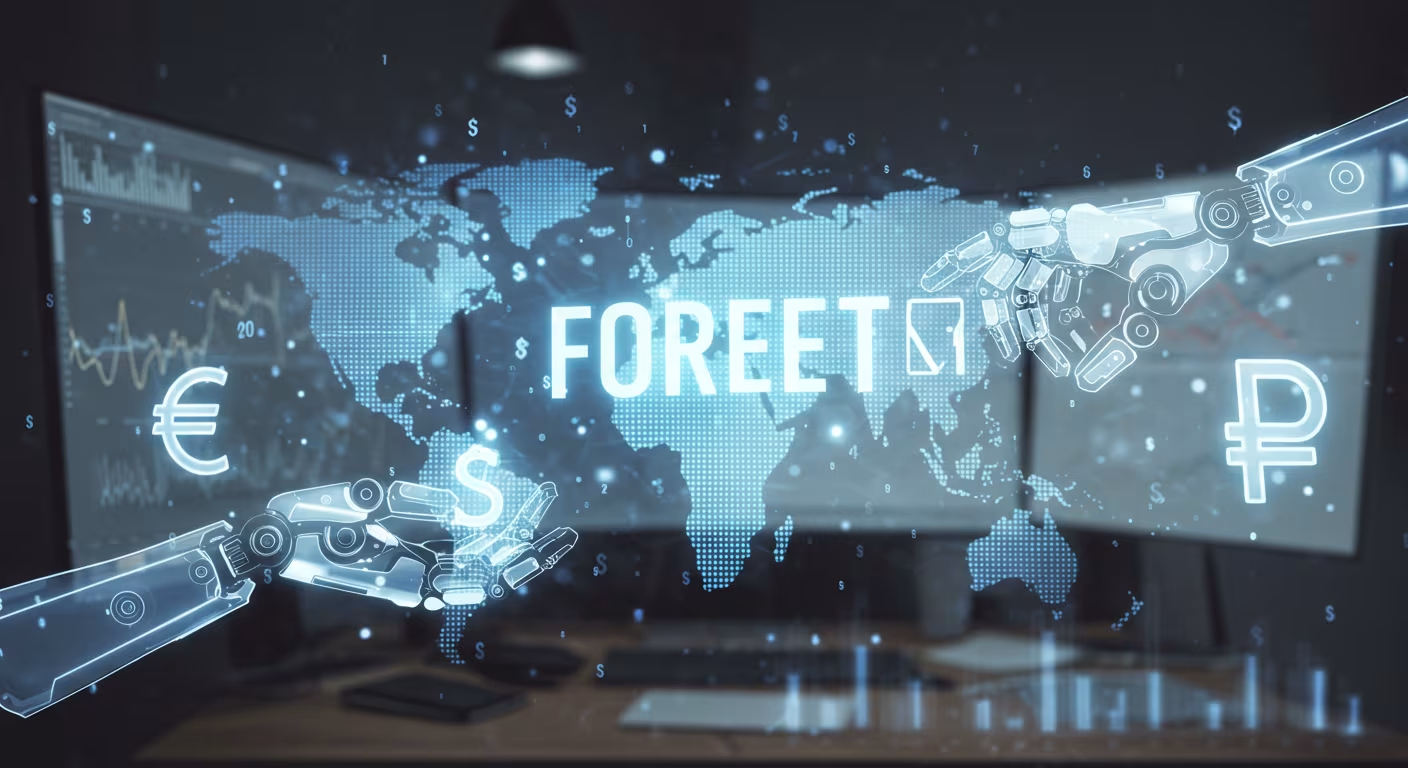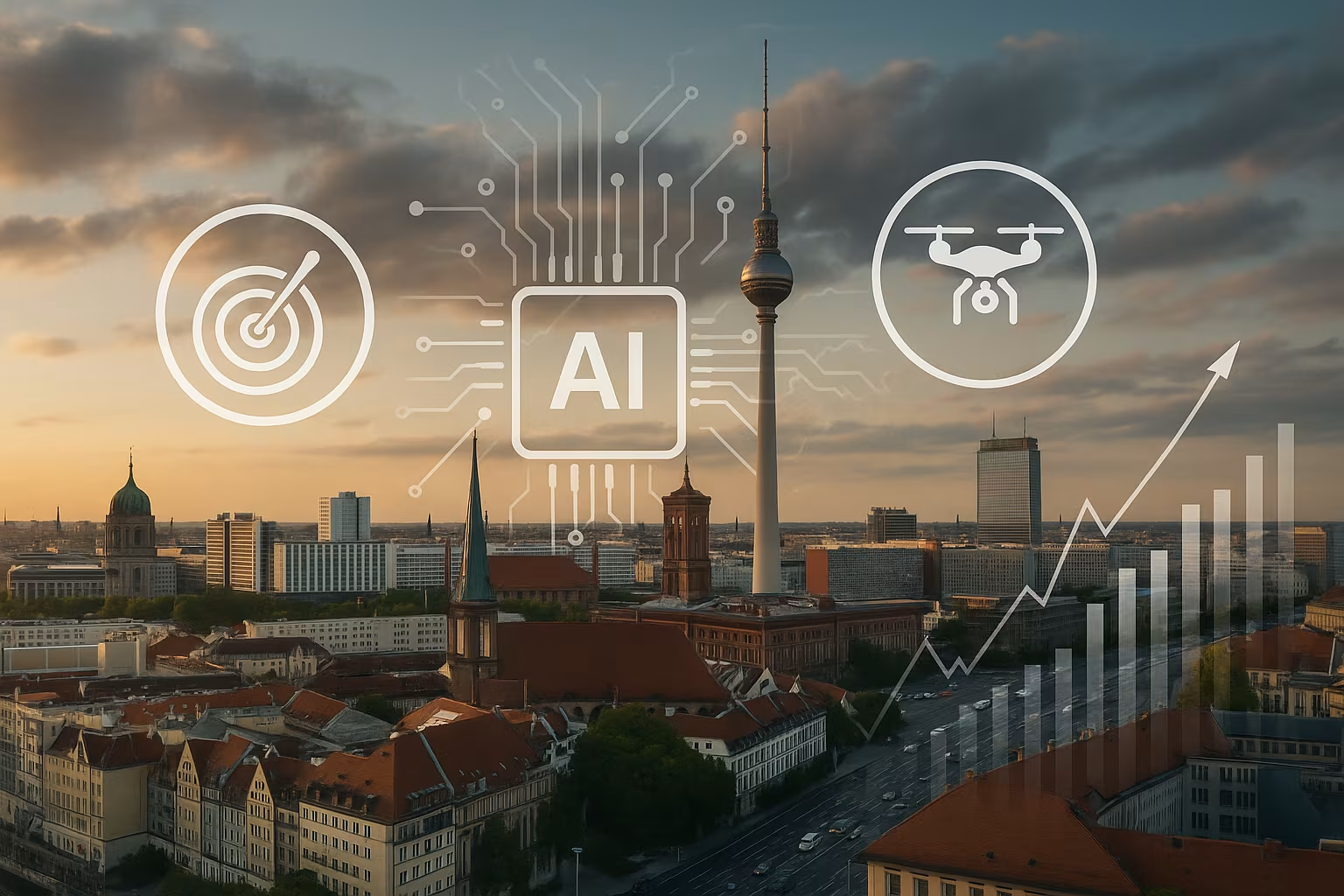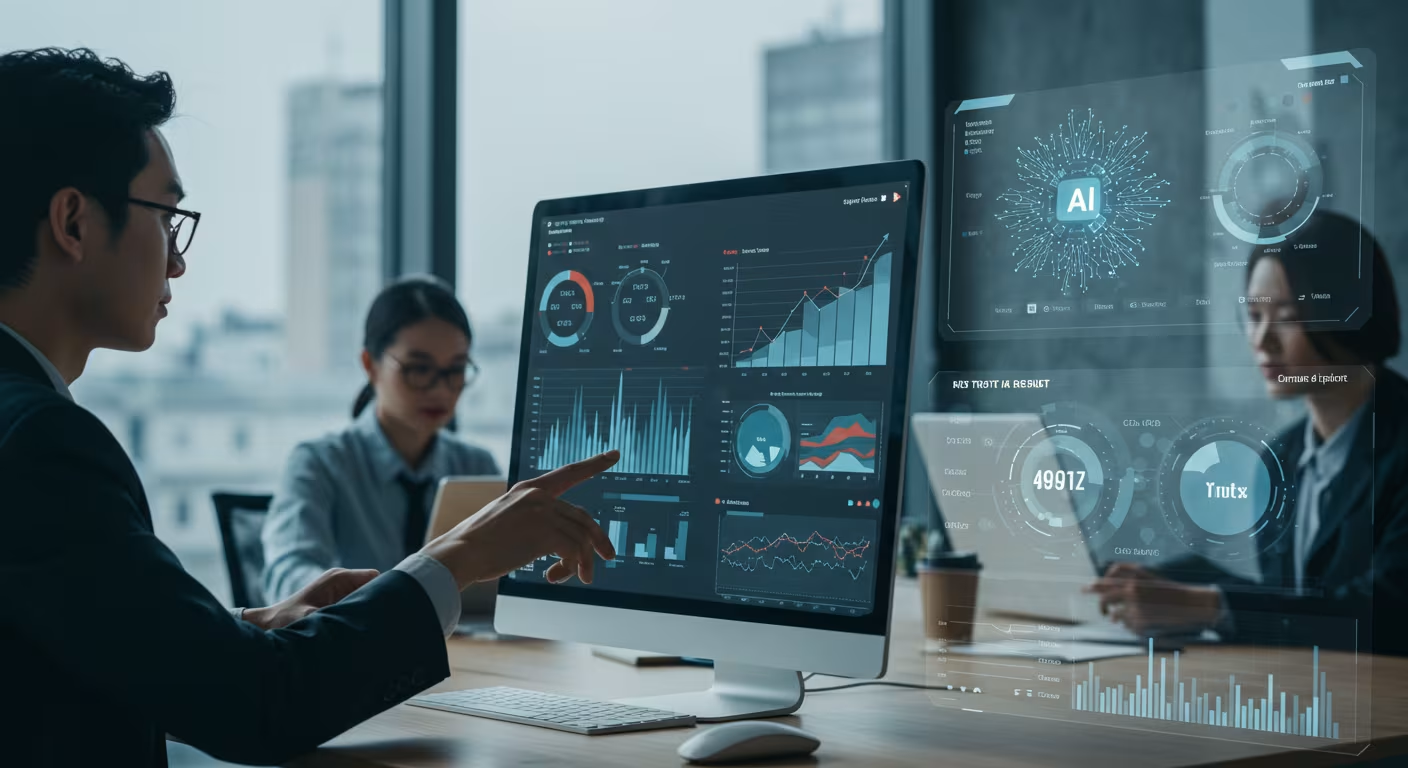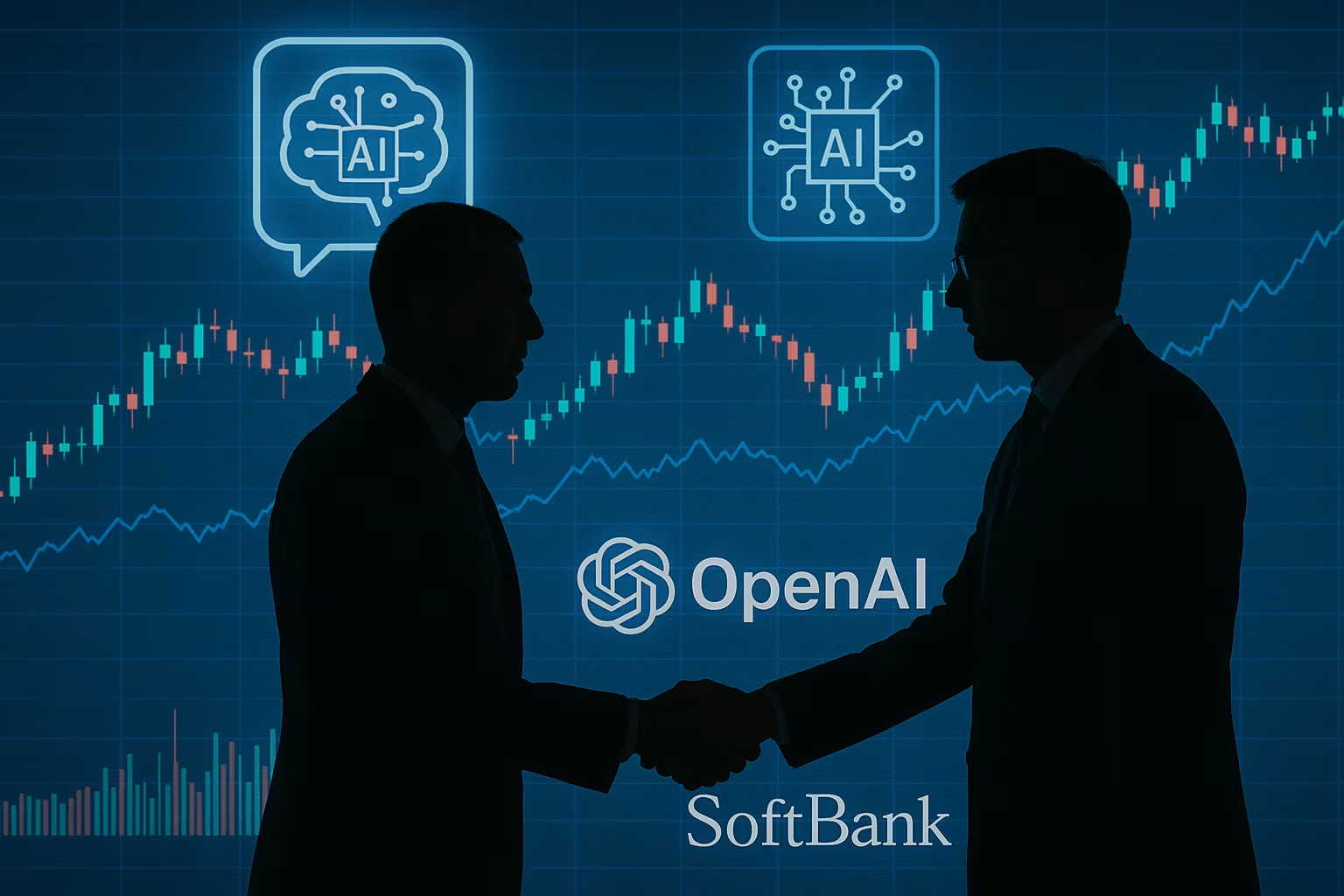The foreign exchange (Forex) market, with over $7.5 trillion traded daily, is known for its speed, complexity, and constant evolution. But in recent years, no force has transformed the Forex landscape more radically than artificial intelligence (AI) and algorithmic trading. What was once the domain of human analysts, instinctive decisions, and manual execution is now increasingly automated, data-driven, and optimized by machines.
AI and algorithms are not just improving Forex trading—they’re reshaping how currencies are analyzed, priced, and traded across the globe. From large banks to hedge funds and retail traders, everyone in the currency markets is being impacted by this technological revolution.
This article explores how AI and algorithmic systems are disrupting Forex trading, what advantages they bring, and what challenges traders face in adapting to this new digital environment.
The Rise of AI in Currency Trading
AI is a broad field that includes machine learning, natural language processing, deep learning, and predictive analytics. When applied to Forex trading, these technologies can:
- Analyze vast amounts of real-time and historical market data
- Identify complex patterns and correlations undetectable by humans
- Predict price movements based on economic indicators, news, or technical trends
- Automate trades based on pre-programmed criteria or adaptive learning
- Continuously improve performance as models learn from new data
By leveraging AI, traders and institutions can react faster, more accurately, and with greater consistency—even in volatile market conditions.
What Is Algorithmic Trading in Forex?
Algorithmic trading, or algo trading, refers to the use of predefined rules and code-based strategies to execute trades automatically. These algorithms consider factors such as:
- Price levels
- Volume
- Timing
- Market signals
- Economic events
Unlike traditional discretionary trading, which relies on human judgment, algorithms follow systematic logic, removing emotion and inconsistency from trading decisions.
Today, algorithmic trading accounts for a significant portion of all Forex trading volume, particularly in major currency pairs like EUR/USD, USD/JPY, and GBP/USD.
How AI and Algorithms Are Changing the Forex Game
1. Speed and Execution Efficiency
AI-powered systems can process information and execute trades in milliseconds, giving traders a significant edge in fast-moving markets. This speed allows institutions to:
- Capture micro-opportunities
- Avoid slippage
- Benefit from arbitrage across different trading venues
High-frequency trading (HFT) firms use co-located servers and proprietary algorithms to profit from price inefficiencies that exist for mere moments.
2. Smarter Predictions with Machine Learning
Machine learning algorithms can detect subtle market signals from economic data, sentiment analysis, and price behavior. These models are trained on years of historical data and can be updated regularly to reflect new market regimes.
For example, a machine learning model might analyze:
- The impact of a U.S. nonfarm payroll report on USD pairs
- Reactions to central bank interest rate decisions
- Correlations between commodity prices and FX pairs (like oil and CAD)
Over time, these models adjust to improve prediction accuracy, offering traders a competitive advantage over static technical indicators.
3. Automated Risk Management
AI doesn’t just execute trades—it also monitors risk in real time. Advanced systems can:
- Set stop-loss and take-profit levels dynamically
- Manage position sizing based on volatility
- Adjust portfolios in response to changing market conditions
- Flag anomalies that may indicate flash crashes or illiquidity
This level of automation helps reduce human error and protect capital in unpredictable markets.
4. Natural Language Processing for News Analysis
Forex markets react quickly to headlines, central bank statements, and geopolitical developments. AI systems using natural language processing (NLP) can:
- Scan thousands of news articles, tweets, and financial reports in seconds
- Classify sentiment as bullish, bearish, or neutral
- Trigger trades or alerts based on keyword detection or tone shifts
For instance, if the European Central Bank releases a more hawkish-than-expected statement, an AI system might detect the tone shift and automatically execute EUR/USD trades based on expected appreciation.
5. Leveling the Playing Field for Retail Traders
Previously, only institutional traders had access to sophisticated market analysis and execution tools. Today, AI-powered platforms and algorithmic trading bots are available to retail traders through:
- MetaTrader Expert Advisors (EAs)
- Custom bots in Python or MQL
- Signal-based trading platforms with AI enhancements
- Copy trading using algorithmic strategies
These tools give individual traders access to institutional-grade technology, although with limitations based on budget, customization, and transparency.
Challenges and Limitations of AI in Forex
Despite its power, AI in Forex trading is not foolproof. Key challenges include:
- Overfitting: AI models trained on historical data may perform poorly in live markets if the conditions change.
- Black-box behavior: Some AI systems lack transparency, making it hard to understand why a trade was made.
- Data quality: Inaccurate or incomplete data can lead to poor decisions and unreliable models.
- Market shocks: AI can struggle with unanticipated events, like geopolitical crises or pandemic-era volatility.
- Technical complexity: Building and maintaining AI models requires deep expertise in coding, statistics, and finance.
As a result, many traders combine AI with human oversight, ensuring that strategy logic remains grounded in economic fundamentals and real-world risk management.
Regulation and Ethical Considerations
With the rise of AI in Forex, regulators are paying close attention. Concerns include:
- Market manipulation by algorithms
- Flash crashes caused by self-reinforcing trades
- Unfair speed advantages from co-located servers
- AI systems behaving unethically in pursuit of profit
In response, regulators like the U.S. CFTC, UK’s FCA, and European ESMA are working to update rules around algorithmic trading, including audit trails, kill switches, and testing protocols.
Firms are also adopting internal AI governance frameworks to ensure compliance, transparency, and accountability.
The Future of Forex Trading: Hybrid Intelligence
The most effective Forex strategies in the coming years will likely be hybrid models—blending the speed and data-processing power of AI with the insight, judgment, and adaptability of human traders.
This hybrid approach allows professionals to:
- Use AI to scan for opportunities
- Employ human reasoning to interpret macro context
- Adjust strategy dynamically based on risk appetite and goals
As technology advances, the role of the Forex professional may evolve from manual execution to strategic oversight, model training, and AI risk supervision.
AI Is Disrupting Forex—But Not Replacing the Human Edge
AI and algorithms are undeniably changing the way Forex markets operate. They bring speed, precision, and predictive power to trading decisions, offering immense value to firms and individual traders alike.
However, the future won’t be dominated by machines alone. In the unpredictable world of currency markets, human insight, ethical judgment, and macro understanding remain irreplaceable.
The traders who thrive in this AI-driven environment will be those who learn to harness the power of algorithms—while staying grounded in the real-world forces that move markets.





